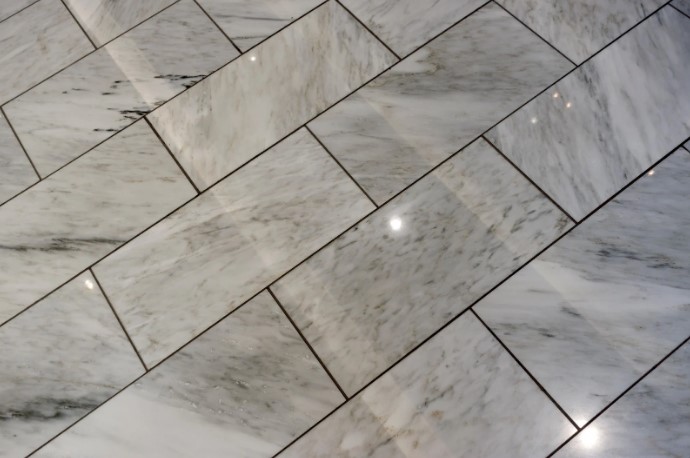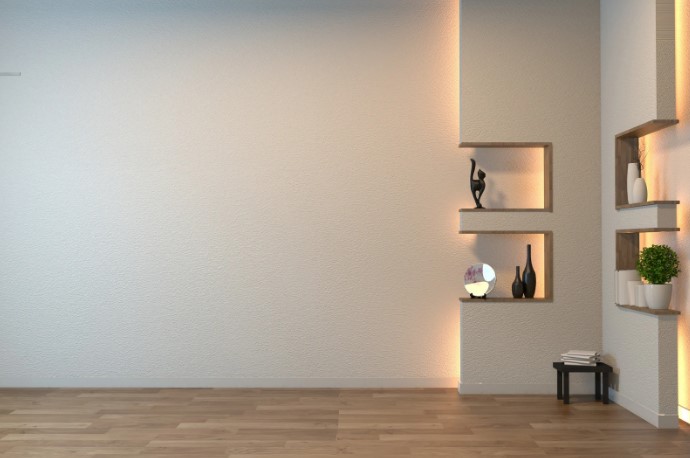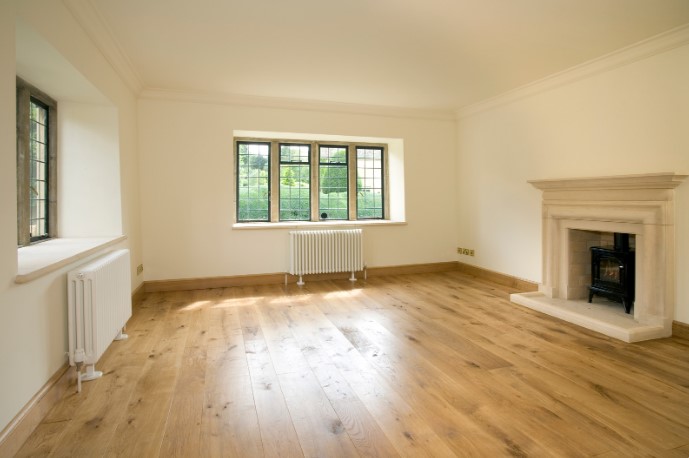Upgrading your home’s floors can be transformative, but many homeowners wonder whether it’s possible—or wise—to install new flooring directly over old flooring. In reality, the answer hinges on several factors, from the type of existing floor to the condition of the subfloor beneath. For anyone considering this approach, understanding the practical and technical implications is essential. In many cases, enlisting professionals for critical steps such as floor preparation pays off, as expert teams like TAMPA BAY FLOORS can offer trusted floor leveling services to ensure a flawless foundation for your new surface.
Key Factors to Consider Before Installing New Flooring Over Existing Flooring
The decision to install new flooring over old flooring depends on more than just convenience. Before embarking on your home renovation project, it’s crucial to evaluate the condition, material, and stability of what’s already in place.
First, assess the structural integrity of the current floor. Substantial damage—warping, rot, sagging, or widespread cracks—often requires a full tear-out rather than a simple overlay. Any moisture trapped beneath old flooring can eventually cause mold, mildew, or subfloor deterioration, so a thorough inspection is non-negotiable. Pay particular attention to areas that receive heavy foot traffic or where water exposure is likely, such as kitchens, bathrooms, or entryways.
Next, the type of existing flooring will significantly affect your options. Hard-surfaced floors like ceramic tile, hardwood, and laminate can typically serve as a solid base for certain types of new flooring—provided they remain flat, secure, and free of movement. Carpeting, on the other hand, almost always needs removal, as its softness and shifting base are unsuitable for supporting a new layer. Older vinyl flooring may contain asbestos, so professional testing and remediation should be prioritized before proceeding.
Height is another practical concern. Adding a new layer increases the overall floor thickness, which can interfere with doors, thresholds, and appliances or create unwanted height differences between adjoining rooms. Always measure clearances and consider transitions between spaces to maintain both function and aesthetics.
Sound transmission and insulation are also relevant. While layering can help dampen noise, incompatible combinations may amplify footfalls or undermine energy efficiency. Weigh these factors carefully to ensure your renovation meets both your practical and lifestyle goals.
Best Practices for Adding New Flooring Over Existing Surfaces
Choosing to lay new flooring over old requires informed selection of materials and meticulous preparation. Not every floor type is a candidate for an overlay. Evaluate your specific combination—both old and new—to maximize performance and longevity.
Popular Flooring Types Suitable for Installation Over Old Flooring
- Luxury vinyl planks and tiles (LVP/LVT): Thanks to their forgiving nature and click-and-lock systems, these floors often work well over existing hard surfaces, provided the surface is smooth and level.
- Engineered hardwood: With its dimensional stability, engineered wood can sometimes be floated over prior flooring, though precise manufacturer guidelines should always be followed.
- Laminate flooring: Similar to LVP, floating laminate can be installed over sealed, flat surfaces, and often includes an underlayment for improved comfort and insulation.
- Tile (ceramic/porcelain): Less commonly installed over existing floors, but possible if the underlying surface is exceptionally sturdy and flat—often requiring professional assessment and prep.
Preparation Steps for Success
Proper preparation is indispensable before laying new flooring on top of the old. Begin with a deep cleaning and thorough drying of the existing floor to remove debris, adhesives, and any waxes or polishes. Next, repair any loose boards or tiles, and fill cracks, holes, or low spots using appropriate patching compounds.
Leveling the substrate is perhaps the most critical aspect. Even minor unevenness can cause issues like clicking, movement, or early wear in your new floor. If in doubt, professional assistance is invaluable. For example, the company TAMPA BAY FLOORS provides comprehensive flooring services on its website tampabayfloors.us that include precise subfloor preparation, moisture barrier installation, and underlayment choices tailored to your floor type.

Once satisfied with the base, use transition strips or reducers to manage changes in height between rooms. Finish with trim and molding for a clean, polished look that blends seamlessly into your interior design.
When Removal of Old Flooring Is Necessary: Challenges and Solutions
Not every situation allows for overlaying new flooring, and certain scenarios demand removal of the existing layer. Understanding when and why removal is essential can save time, money, and frustration down the line.
Common reasons for removing old flooring include compromised subfloors, the presence of multiple previous layers, or materials that show signs of water damage, pest infestation, or mold. Some products—such as thick carpeting, loose tiles, or uneven slate—create unstable bases unsuitable for new installations. In addition, some building codes prohibit installing certain floors over specific substrates, particularly in multi-family residences or in areas where fire or sound ratings are regulated.
TAMPA BAY FLOORS addresses demanding demolition jobs, particularly with difficult adhesives, offering specialized https://tampabayfloors.us/services/demolition/glue-down-floors-demolition services for glue-down floors. Professional demolition ensures a clean slate, which is critical for the performance and warranty of your new investment.
Typical reasons removal becomes unavoidable:
- Severely damaged or rotted subflooring
- Poor adhesion or sagging of existing floors
- Existing floor height above allowable threshold
- Suspected asbestos or hazardous materials
- Multiple layers of past flooring creating instability
By approaching removal proactively, you safeguard the integrity of your renovation for years to come.
Comparing Overlay vs. Removal: Cost, Timeline, and Long-Term Value
Overlaying new flooring over the old is often faster and less labor-intensive than a complete removal, translating to immediate cost and time savings. Homeowners value the reduced disruption, particularly in occupied homes or businesses.
However, savings upfront may be offset if hidden issues—like moisture, structural instability, or unexpected thickness—lead to callbacks or early replacement. Removal, while more expensive and time-consuming, can reveal subfloor concerns that, once addressed, extend the lifespan of your new flooring.
Another key consideration is resale value. Appraisers and prospective buyers may look less favorably on multiple flooring layers, especially if transitions are uneven or doors stick. A well-executed, single-layer installation signals quality and care, supporting future property value.
Ultimately, the right approach depends on your floor’s specific conditions, your goals, and your renovation budget. Consulting skilled professionals helps you make informed decisions tailored to your unique project.

Making the Right Flooring Decision for Your Home Renovation
Carefully weighing whether to install new floors over old ones empowers homeowners to achieve the best results in terms of beauty, function, and investment. Armed with expert knowledge and the right support, you can transform your space efficiently—either by overlaying or by starting fresh. Always prioritize safety, longevity, and craftsmanship to ensure your flooring upgrade stands the test of time.
